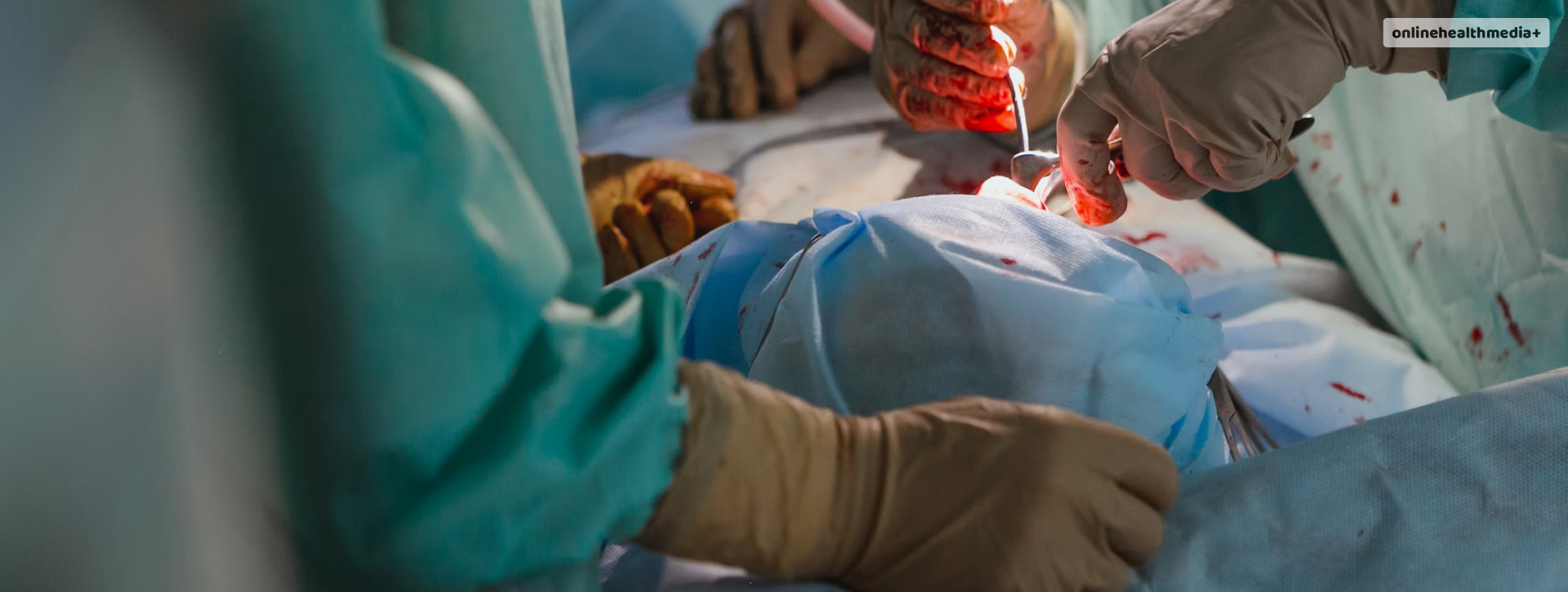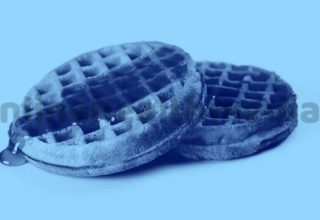Moyamoya Surgery Understanding Treatment Options and Surgical Procedures
Note: The information in this article is not intended to substitute professional medical advice, diagnosis or treatment. All images and text presented are for general information purposes only. Please consult your healthcare professional for proper diagnosis.
Moyamoya disease is a rare neurological condition characterized by the progressive narrowing of the blood vessels in the brain.
This can increase the risk of stroke and other complications related to the affected areas. While medical management may help control symptoms and reduce the risk of complications, surgical intervention is often necessary to improve blood flow to the brain and prevent further damage.
In this article, we’ll explore moyamoya surgery, including treatment options, surgical procedures, recovery, and outcomes.
Read till the end to know about the associated risks of the surgery.
Contents
What is Moyamoya Surgery
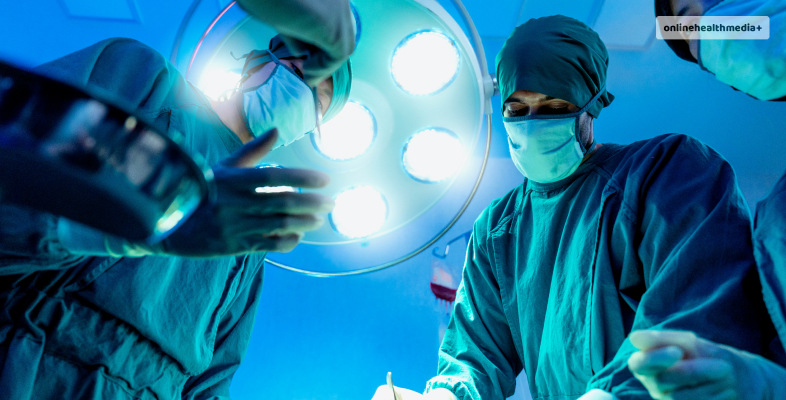
Moyamoya disease can result in any of the brain tumor types that exist. This condition is known to have relations to various conditions such as cognitive decline or delay in development.
Moyamoya surgery, also known as revascularization surgery, aims to restore blood flow to the brain by creating new pathways for blood to bypass the narrowed or blocked arteries.
The goal of surgical intervention is to reduce the risk of stroke, improve neurological function, and enhance the overall quality of life for individuals with Moyamoya disease.
Surgical revascularization procedures are typically recommended for patients with symptomatic Moyamoya disease who are at high risk of stroke or other complications.
Types of Moyamoya Surgery
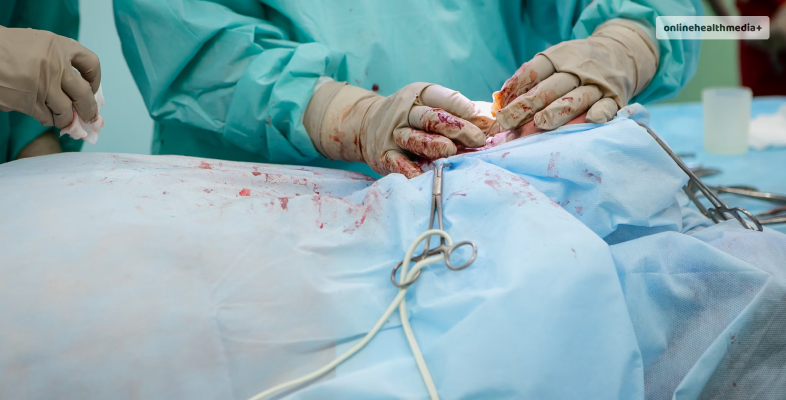
Direct and indirect bypass are two main types of surgical revascularization procedures that doctors commonly use to treat Moyamoya disease.
1. Direct Bypass Surgery: In direct bypass surgery, a healthy blood vessel from another body, such as the scalp or arm, is surgically connected to a blood vessel on the brain’s surface. This creates a new pathway for blood to flow directly to the affected areas of the brain, bypassing the narrowed or blocked arteries. Direct bypass surgery often uses a superficial temporal artery (STA) or radial artery graft.
2. Indirect Bypass Surgery: Indirect bypass surgery involves creating a new blood supply to the brain by surgically exposing the surface of the brain and stimulating the growth of new blood vessels. Surgeons get this done through techniques such as encephalomyosynangiosis (EMS) or encephaloduroarteriosynangiosis (EDAS), which involve placing a flap of tissue over the surface of the brain to promote the formation of new blood vessels over time.
The choice of surgical procedure depends on various factors, including the location and severity of arterial narrowing, the presence of collateral blood vessels, the patient’s overall health, and the surgeon’s expertise and preferences.
What Are EMS & EDAS?
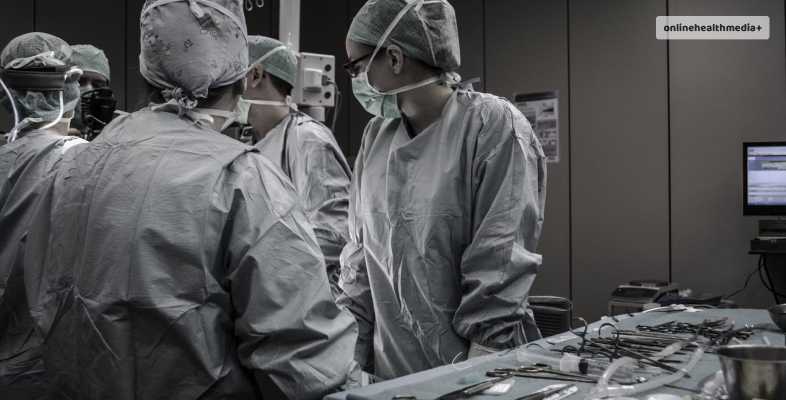
EMS or encephalo-myo-synangiosis is an indirect technique involving revascularization for moyamoya surgery cases.
This procedure requires the dissection of strips of vascularized temporalis muscle as well as the subjacent galeal flap.
Then, a craniotomy follows, which also includes the opening of the dura, laying it onto the brain’s pial surface.
Then, there is the closing of the dura over the muscle flap. Revascularization is due to angiogenesis, which drives ischemia and local hypoperfusion. The deep temporal artery is the main arterial supplier.
On the other hand, EDAS or encephalo-duroarterio-synangiosis is also a common indirect revascularization technique that is an active part of moyamoya surgery.
The treatment of moyamoya disease through this technique allows the bypass of an occluded internal carotid artery.
It also includes bypassing the circle of Willis without direct surgical anastomosis, which is basically arterialization of the vein.
This indirect technique of moyamoya surgery is a dissection of the superficial temporal artery, which branches with surrounding galea.
This creates durotomy and craniotomy which then requires suturing of the galeal cuff. This is to the durotomy edges so that the artery rests on the pial surface of the brain.
Revascularization is due to angiogenesis, which is driven by ischemia and local hypoperfusion. The main arterial supply here as well is the deep temporal artery.
Moyamoya disease treatment can include surgery as the last option. The other treatment options such as blood thinners, anti-seizure medicines, and calcium channel blockers.
Moyamoya Surgery: Surgical Procedure
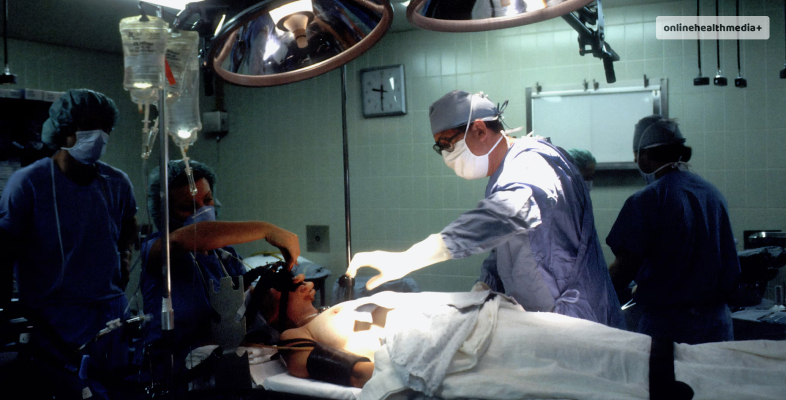
The surgical procedure for Moyamoya revascularization typically involves the following steps:
1. Preoperative Evaluation: Before moyamoya disease surgery, patients undergo a thorough evaluation, including neurological assessments, imaging studies (such as magnetic resonance imaging and angiography), and blood tests to assess their overall health and determine the extent of arterial narrowing.
2. Anesthesia: Moyamoya surgery is performed under general anesthesia to ensure patient comfort and safety throughout the procedure.
3. Surgical Approach: Depending on the type of bypass surgery planned (direct or indirect), the surgeon makes an incision in the scalp or skull to access the affected area of the brain.
4. Artery Preparation: In direct bypass surgery, the surgeon identifies a suitable donor artery, such as the superficial temporal artery or radial artery, and prepares it for grafting. In indirect bypass surgery, the surgeon exposes the surface of the brain and creates a flap of tissue to promote new blood vessel growth.
5. Bypass Creation: The surgeon carefully connects the donor artery to the affected blood vessels on the surface of the brain, creating a new pathway for blood flow. In indirect bypass surgery, surgeon positions the tissue flap over the brain to stimulate the formation of new blood vessels.
6. Closure: Once the bypass is established, the surgeon closes the incisions in the scalp or skull using sutures or staples and applies dressings to protect the surgical site.
Recovery and Rehabilitation
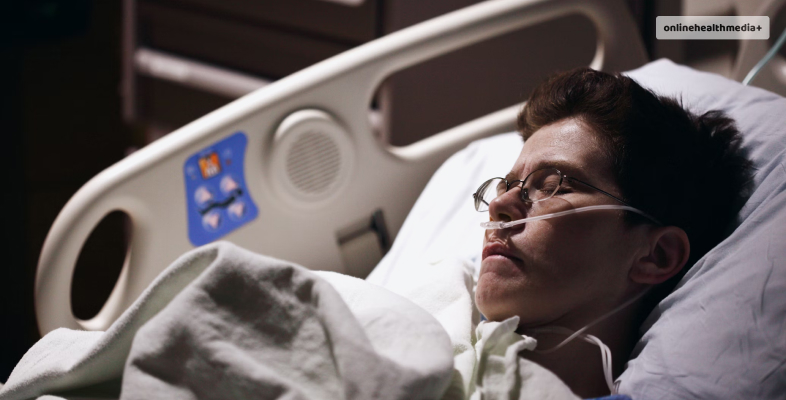
After Moyamoya surgery, patients typically require a period of recovery and rehabilitation to regain strength and function. This may involve:
1. Hospitalization: Patients are usually monitored closely in the hospital for a few days following surgery to ensure proper healing and manage any postoperative complications.
2. Medication: Patients may be prescribed medications to control pain, prevent infection, and manage other symptoms during the recovery period.
3. Physical Therapy: Physical therapy may be recommended to help patients regain strength, mobility, and coordination after surgery. This may include exercises to improve balance, flexibility, and range of motion.
4. Follow-up Care: Patients typically undergo regular follow-up appointments with their healthcare provider to monitor their progress, assess neurological function, and adjust treatment as needed.
Moyamoya disease diet is another crucial part of moyamoya rehabilitation that doctors recommend to people post-surgery.
Outcomes and Prognosis
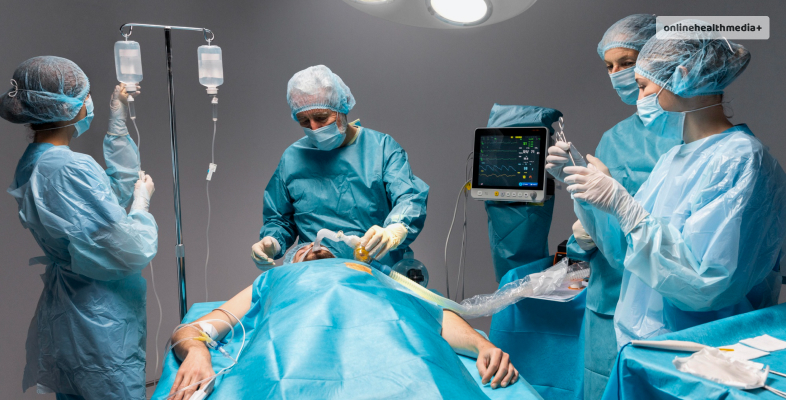
The long-term outcomes and prognosis following Moyamoya surgery can vary depending on various factors, including the patient’s age, overall health, the severity of arterial narrowing, the type of surgical procedure performed, and the presence of any complications.
In general, surgical revascularization reduces the risk of stroke. It also improves neurological function in many patients with Moyamoya disease.
However, outcomes may not be uniform, and some individuals may experience persistent symptoms or complications despite surgery.
Other Important Information About Moyamoya Surgery
Cost of the surgery: Moyamoya surgery cost can go up to $99,500 which can even increase to cost you $106,500. If you have insurance, you may have to verify with the company or the provider if your surgery cost can be covered.
Moyamoya surgery risks: The chances of any complication are slim, however, in some cases there may be the presence of complications. The risks that may have an association with the condition include:
- Bleeding
- Stroke
- Hemorrhage
Conclusion
Moyamoya surgery is a surgical procedure that aims at improving blood flow to the brain and reducing the risk of stroke and other complications in individuals with Moyamoya disease.
With advancements in surgical techniques and perioperative care, many patients can benefit from surgical revascularization to alleviate symptoms and improve quality of life.
However, Moyamoya surgery is not without risks, and patients should carefully weigh the potential benefits and drawbacks in consultation with their healthcare provider.
By understanding the treatment options, surgical procedures, recovery process, and potential outcomes associated with Moyamoya surgery.
Individuals with Moyamoya disease and their families can make informed decisions about their care and treatment options.
Let us know if you have any questions in the comments below!
Also read
- Top 10 Best Portable Oxygen Tanks in 2024
- Top 15 Best Liquid Vitamins For Women in 2024
- Top 9 Liquid Prenatal Vitamins – With Pros And Cons.
